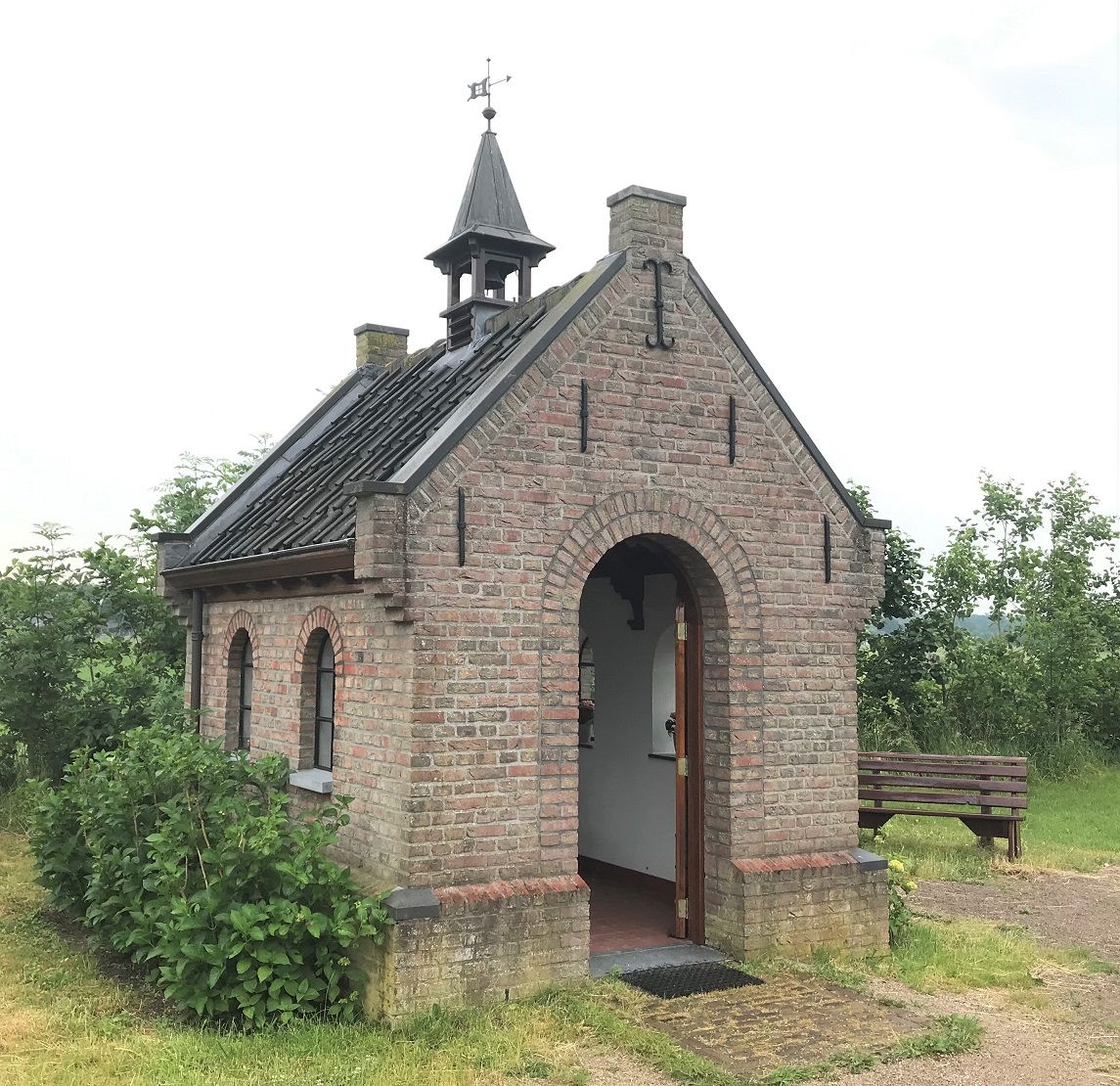Gerlachus van den Elsen roadside chapel
The Gerlachus van den Elsen roadside chapel is part of the Boerenbond Museum (farmers’ union museum). This Farmers' Museum shows the region’s farm life from around 1900.
The Gerlachus van den Elsen roadside chapel is part of the Boerenbond Museum (farmers’ union museum). This Farmers' Museum shows the region’s farm life from around 1900. The museum grew around the house where friar Gerlachus van den Elsen was born. In addition to the various farms there are also several village buildings such as a smithy, a pub, a sweet shop and a weaver's house. There is an orchard and fields yielding crops that have fallen into disuse today.
Gerlachus van den Elsen (Gemert, 1853-1925) was a prior in the Norbertine Abbey of Bern…
The Gerlachus van den Elsen roadside chapel is part of the Boerenbond Museum (farmers’ union museum). This Farmers' Museum shows the region’s farm life from around 1900. The museum grew around the house where friar Gerlachus van den Elsen was born. In addition to the various farms there are also several village buildings such as a smithy, a pub, a sweet shop and a weaver's house. There is an orchard and fields yielding crops that have fallen into disuse today.
Gerlachus van den Elsen (Gemert, 1853-1925) was a prior in the Norbertine Abbey of Berne. He was known as the Farmer's Apostle. He devoted himself particularly to the interests of farmers in need, and got them to work together in cooperatives. This resulted in opportunities and development not available to individual farmers. By buying and selling together, so that better prices could be negotiated, and by introducing new technology jointly, so that the risks were spread. The North Brabant Christian Farmers' Union (NCB), now ZLTO, owes its existence to people like Van den Elsen. He was also the founder of the Boerenleenbank, which later became part of the Rabobank.
This is how to reach Gerlachus van den Elsen roadside chapel
5421 ZA Gemert Plan your route naar Gerlachus van den Elsen roadside chapel
Starting point: from your location

